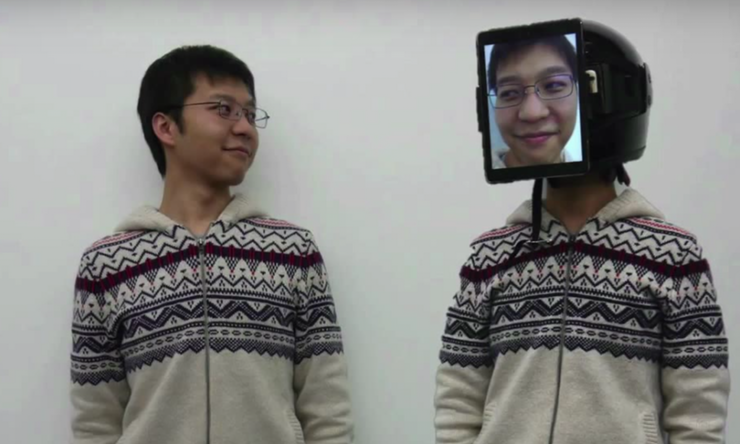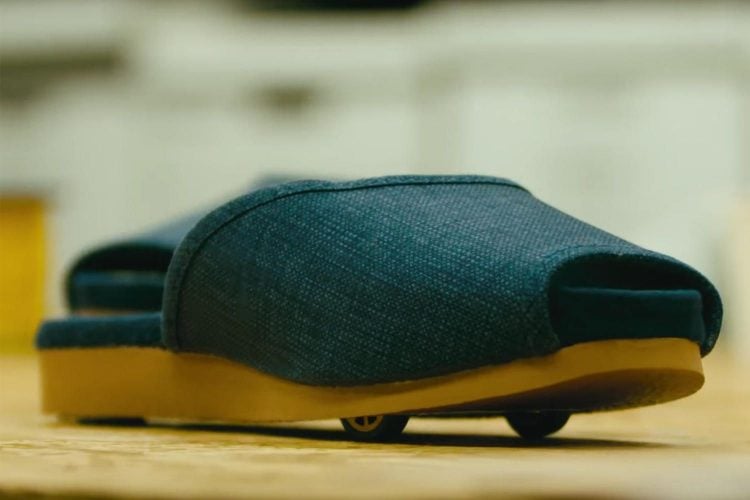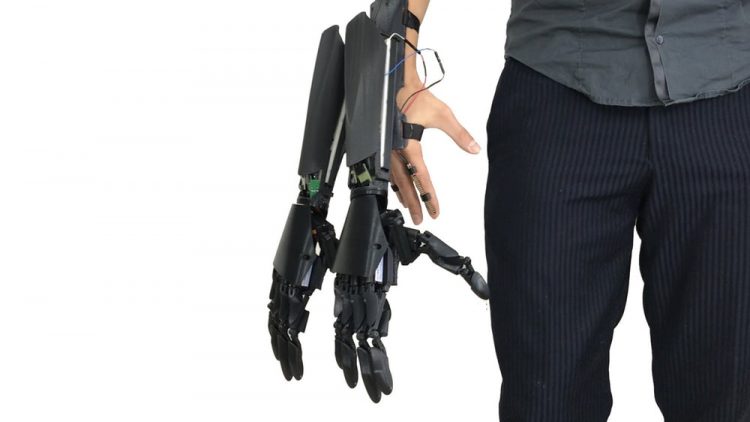1sec Inc., a Japanese technology company that specializes in blending the digital world with our reality, has created Japan’s first virtual male influencer, a young music producer named Liam Nikuro.
If you thought making it as an Instagram influencer these days was hard, we have some bad new for you: it’s about to get even harder, with perfect-looking virtual models entering the fray. Following the success of digital social media stars like Miquela and Imma, a Japanese tech start-up set out to create the Asian country’s first virtual male model. The result of their hard work is Liam Nikuro, a young heart-throb “from Los Angeles” who reportedly works in some of the coolest and most profitable industries of our time – music, fashion, and entertainment.





















